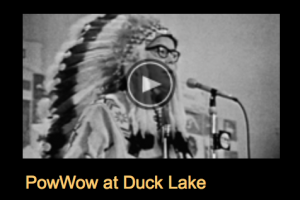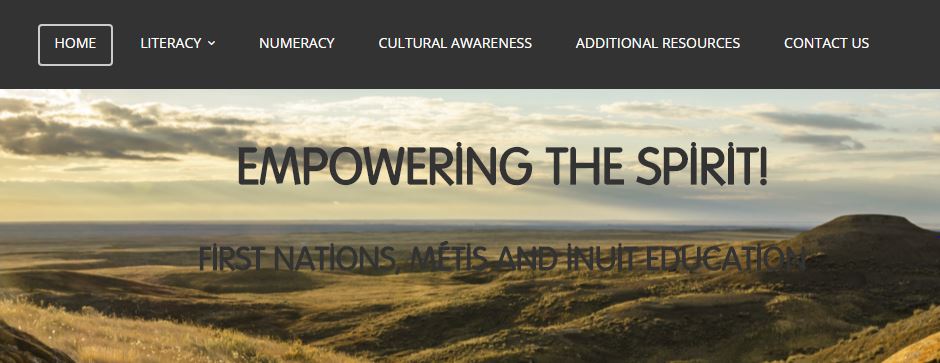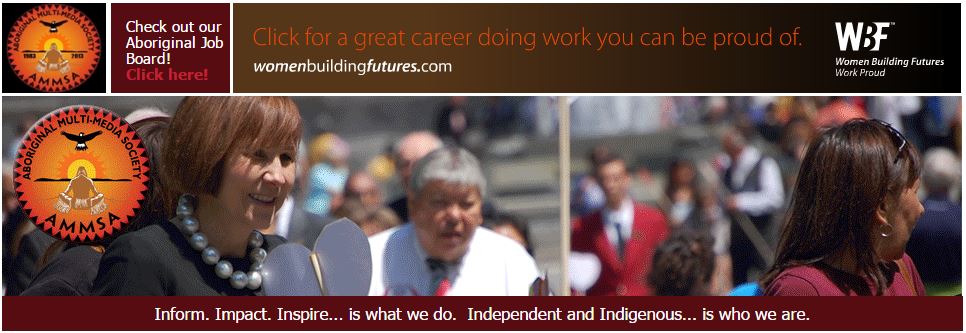 This website is actually a PDF document which discusses barriers to post-secondary education in Canada. While this 130-page document examines PS barriers for all Canadians, it does take an in-depth inquiry into the challenges faced by Aboriginal communities and students. Created in 2011, by the Standing Senate Committee on Social Affairs, Science and Technology, this document provides a list of barriers as well as recommendations to resolving these issues.
This website is actually a PDF document which discusses barriers to post-secondary education in Canada. While this 130-page document examines PS barriers for all Canadians, it does take an in-depth inquiry into the challenges faced by Aboriginal communities and students. Created in 2011, by the Standing Senate Committee on Social Affairs, Science and Technology, this document provides a list of barriers as well as recommendations to resolving these issues.
To access this document, follow this link: http://www.parl.gc.ca/content/sen/committee/411/soci/rep/rep06dec11-e.pdf
Ronaye Kooperberg (Module 4 – Post 5)






